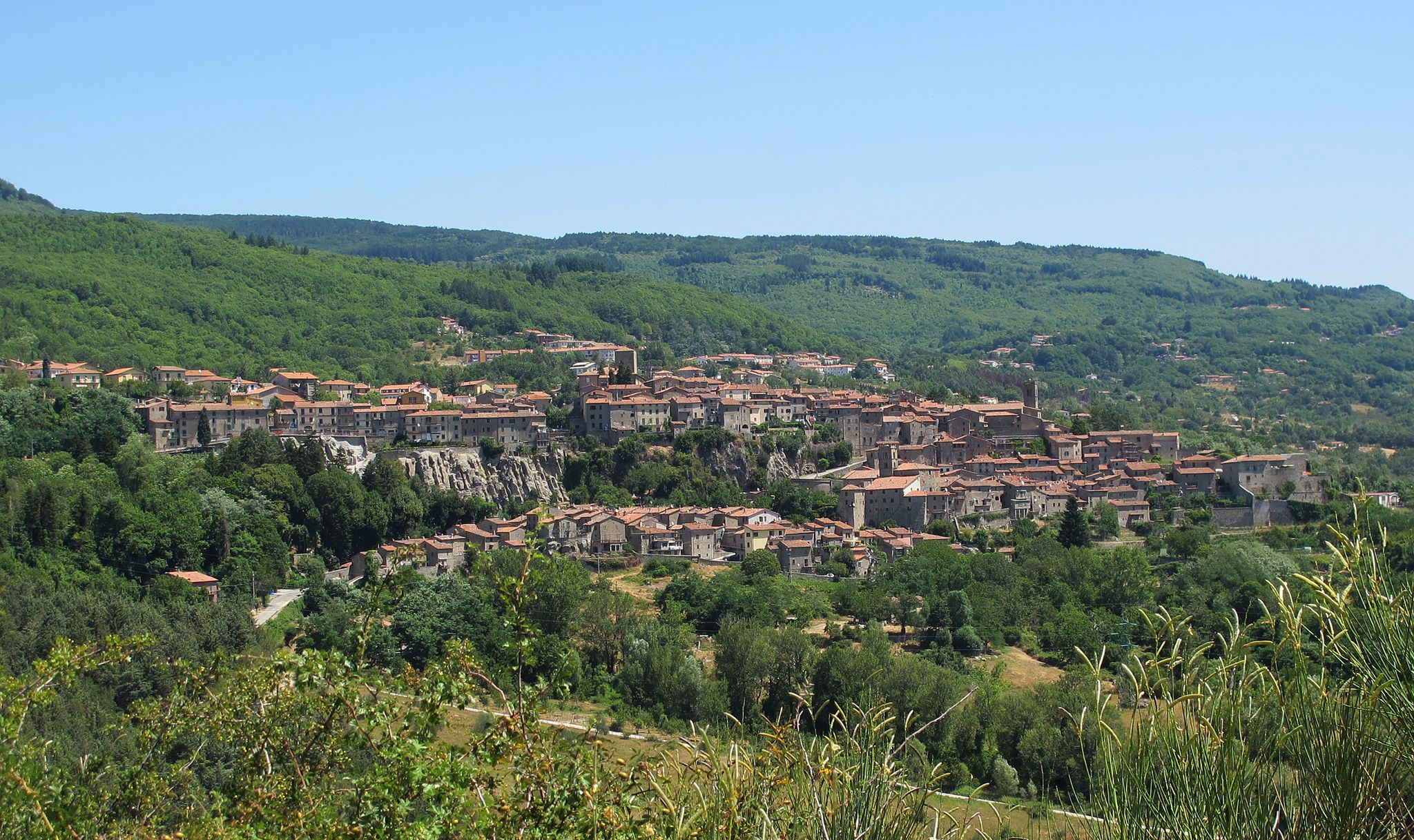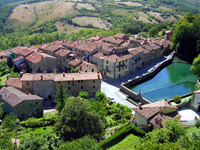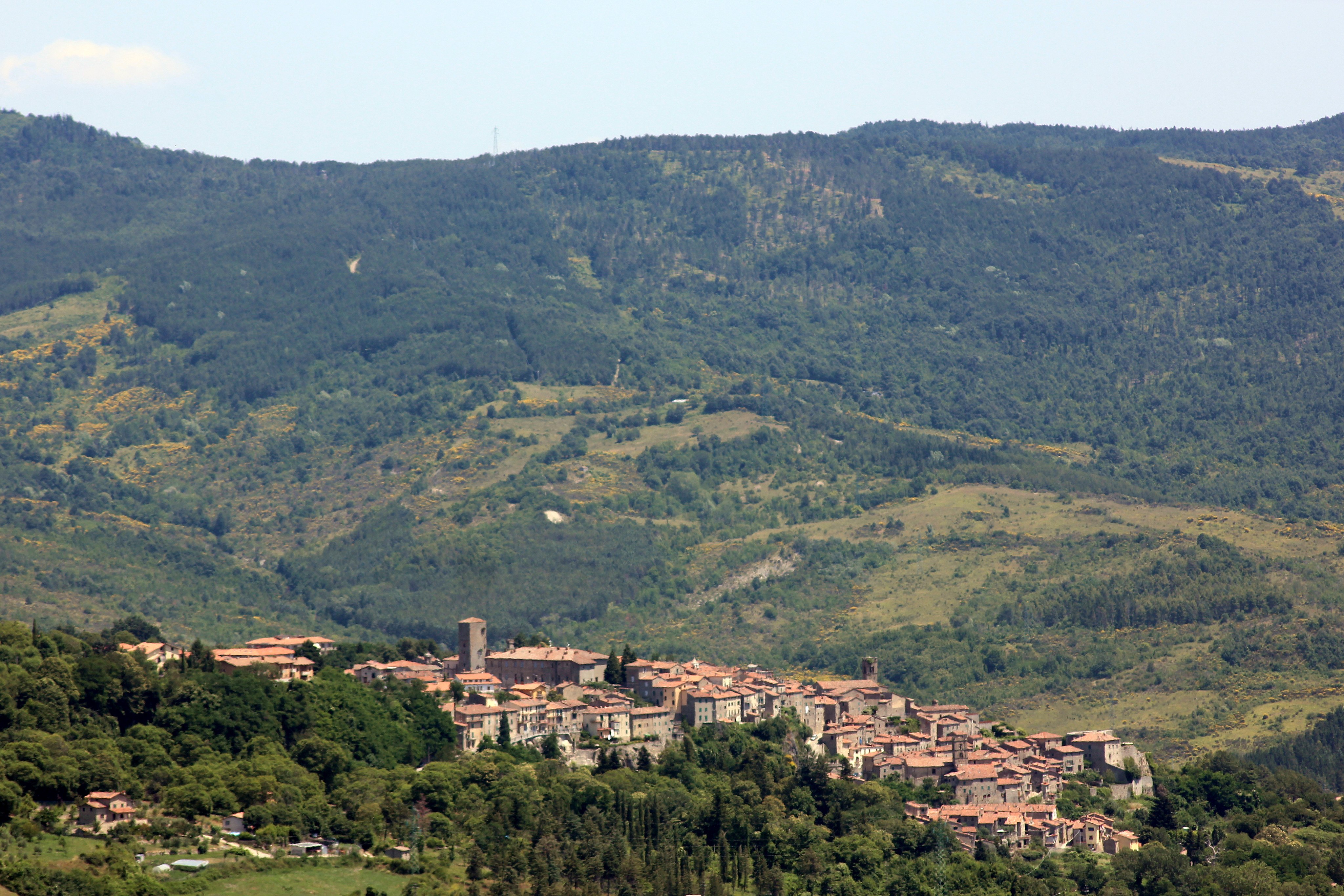The Upper Fiora Valley
|
|
The Upper Fiora Valley
|
Santa Fiora, view[2]
|
| La Riserva Naturale Bosco della S.S.Trinità |
La Riserva Naturale Bosco della S.S.Trinità si trova nel comune di Santa Fiora e si estende per 37 ettari lungo l’Alta Valle del Fiora. L’area è caratterizzata dalla presenza di un nucleo relitto di Abete bianco, entità endemica dell’Appennino. L’altitudine oscilla fra i 600 e 720 metri e interessa il versante ovest del Monte Calvo. All’interno dell’Area Protetta si trova il Convento Francescano della S.S. Trinità, di notevole importanza storica. Secondo una leggenda popolare il Convento fu costruito per ricordare il Conte Guido Sforza del 1400 che avrebbe ucciso un drago che terrorizzava gli abitanti; una metà della testa del drago, tagliata verticalmente, fu mandata al Papa mentre l'altra sarebbe quella che si può vedere nel Convento. The Bosco della SS Trinità Nature Reserve is located in the commune of Santa Fiora. The area boasts a variety of white firs, a native species of the Apennine area. Altitude in the area varies from 600 to 720 meters and is located on the western slopes of the Monte Calvo. The important SS Trinità Franciscan convent is located inside the nature reserve. Vegetation Fauna The SS Trinità Convent
|
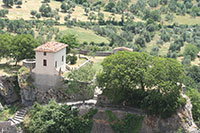 |
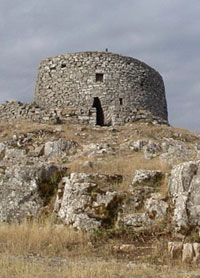 |
|||
| Roccalbegna, cassero | Santa Fiora |
Eremo di David Lazzaretti or Torre Giurisdavidica, Riserva Naturale Monte Labbro | ||
|
||||
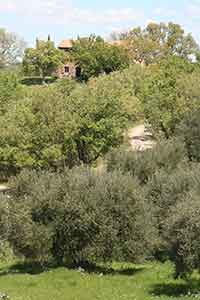 |
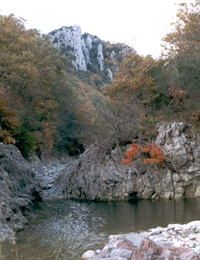 |
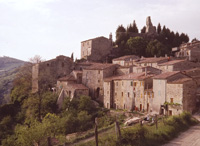 |
||
| Podere Santa Pia | Albegna
|
Rocchette di Fazio | ||
|
Da Roccalbegna a Rocchette di Fazio | Percorso a piedi, a cavallo e in bicicletta - 10 km Trekking in Toscana | Da Roccalbegna alla Riserva Naturale del Pescinello Trekking in Toscana | Parco Faunistico del Monte Amiata : Il Sentiero Natura Trekking in Toacana | Nell' Oasi WWF del Bosco Rocconi
|
||||
 |
||||
| Valley of the Albegna River (Valle dell’Albegna) between Roccalbegna and Rocchette di Fazio, Province of Grosseto, Tuscany, Italy. Seen from South to North, in the background Roccalbegna [3] | ||||
|
||||
Cycling in Tuscany | Cycling tours in Southern Tuscany
|
||||
Panorama Santa Fiora [3]
|
||||
|
||||

